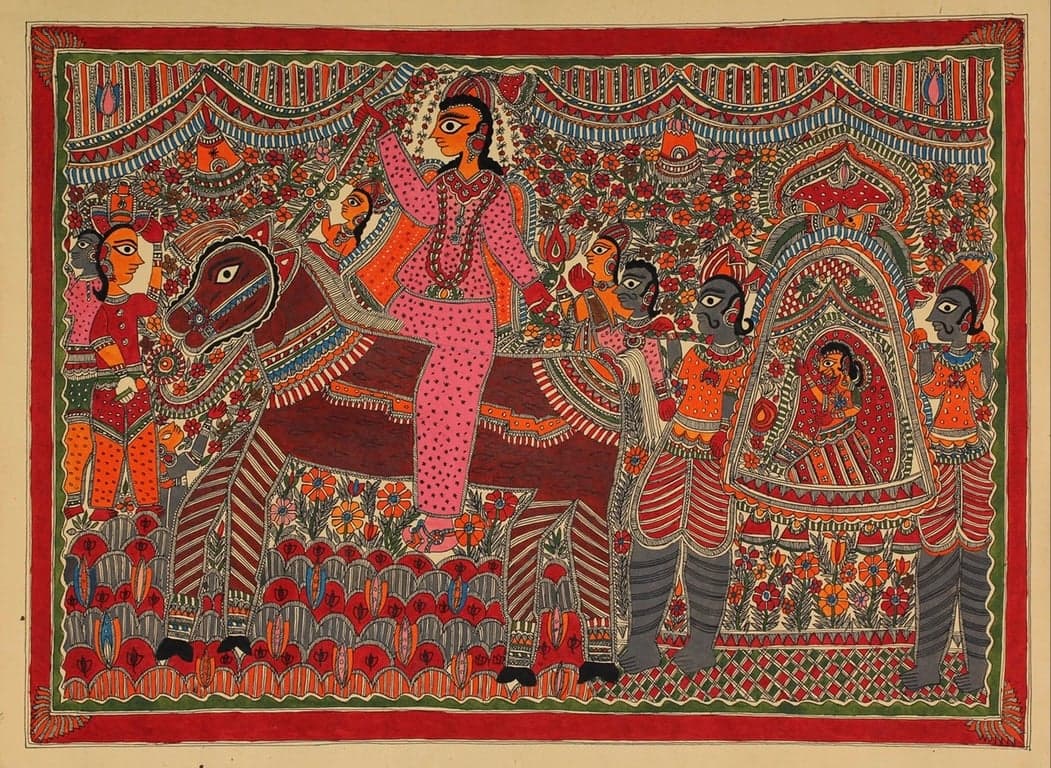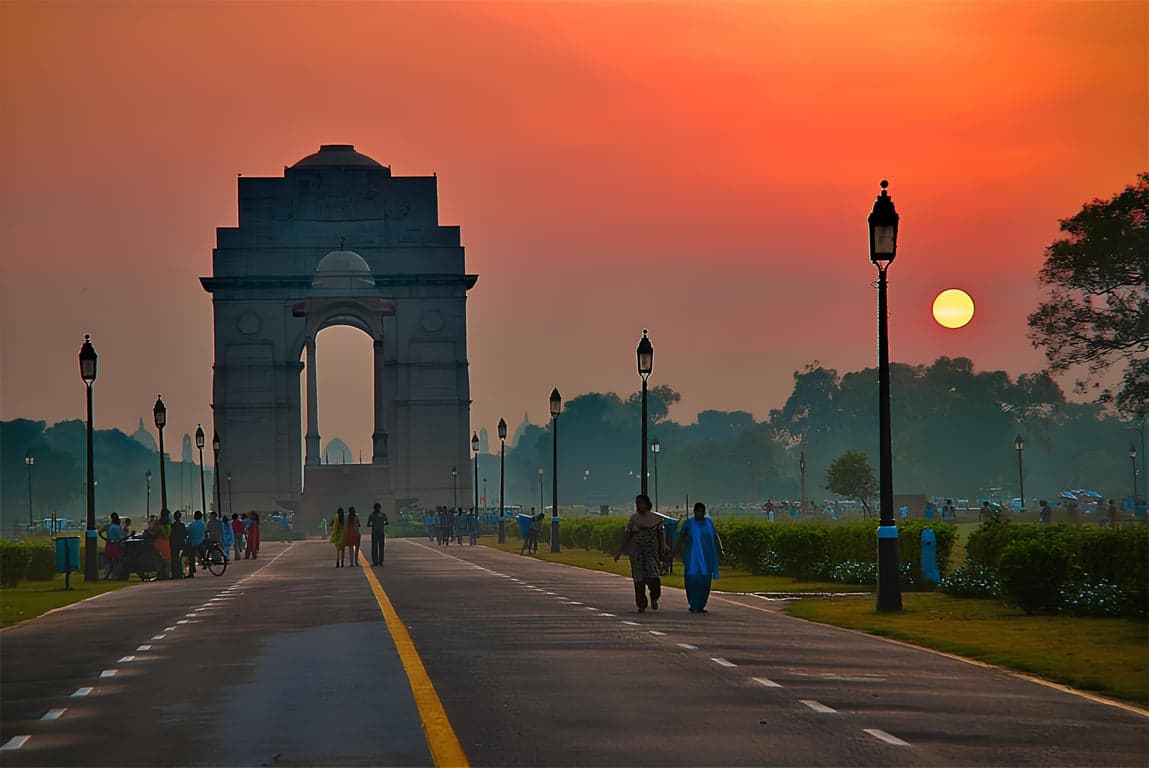
The Maha Kumbh Mela which is known as the Festival of Scared Pitchers celebrated every 144 years, is held in the state of Prayagraj,Allahabad where four sacred rivers of India; (Yamuna, Ganga, Shipra, and Godavari) confluence together symbolizing the victory of the divine god over demons, with a firm, believe of devotees that it will cleanse the sins of the person and will lead to salvation. The world's largest, sacred gathering deeply rooted in Santan dharma showcasing the centuries-old tradition and cultural grandeur with cutting-edge, technology, advanced safety measures, and planning which would have been a promised a secure and peaceful experience for the devotees turned into anarchy for the movement with overcrowding in which the massive influx of devotees strained the existing infrastructure of host cities, leading to the missing reports of the closed ones, stampedes, congestion, injuries and thousands of casualties. Huge crowds have also put huge pressure on the host cities for essential services like water and electricity and temporary tent services for devotees with very high prices and low resources and services have further stretched the reserve and the sustainability of the capacity of the city still remains questionable after the events concludes. As the events continue, the question that remains unanswered after all the circumstances are about sanitation and waste management as a large amount of waste is generated during the movement, far exceeding the daily output of the host district, will be exceeding its limit as the event continues for more days, for instance during the fifth day of Kumbh, approximately 4824ld of waste was produced, while the district’s daily output is much lower and with improper solid waste management in open has lead to the attraction of flies, rats and non-biodegradable materials which contaminates the soil and groundwater resulting into environmental damage and health issues. These existing issues have led to environmental problems like water pollution as the present sewage treatment facilities often cannot handle the volume of waste generated, leading to pollution of the river itself and river overloading. Some measures should have been taken beforehand to make such a movement a divine intervention instead of anarchy like the proper development of infrastructure with temporary cities with expanded mela area, enhanced water supply, bonafide toilet facilities, and enhanced fecal sludge treatment plants would have ensured less environmental and essential cleaning of the city during and after the events concludes. As technological advancement takes place in the present there should have been AI-powered surveillance and face recognition technology to help find the missing devotees. These brief measures if taken place would have made the Maha Kumbh 2025 a more seamless, safe, and spiritually enriching experience for the devotees who have come from the world.
Written by Aadaya S. Sadana


